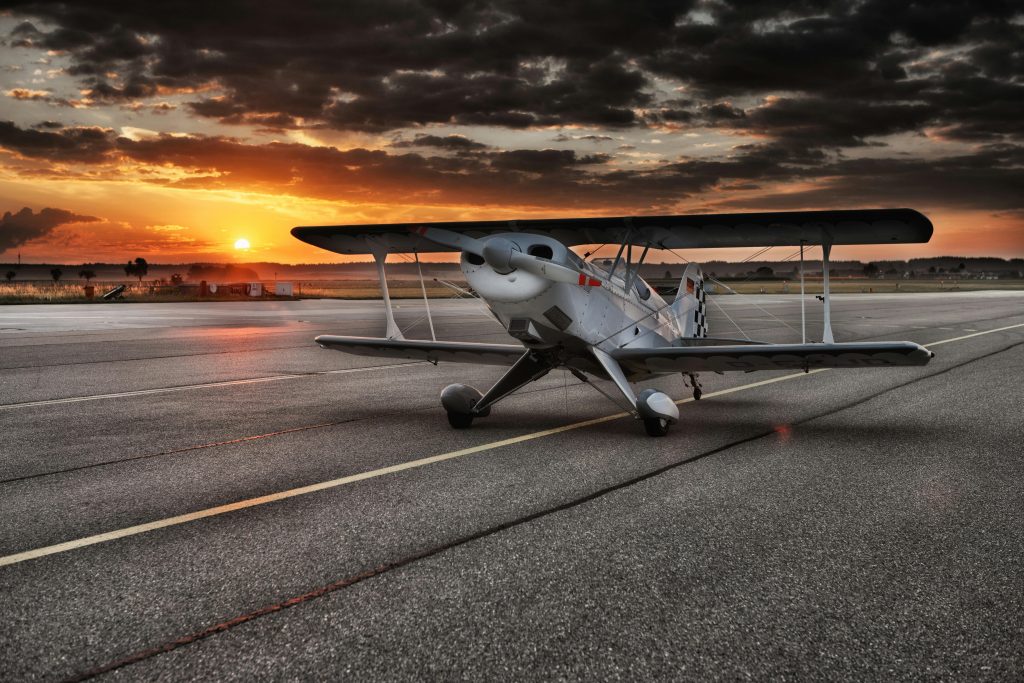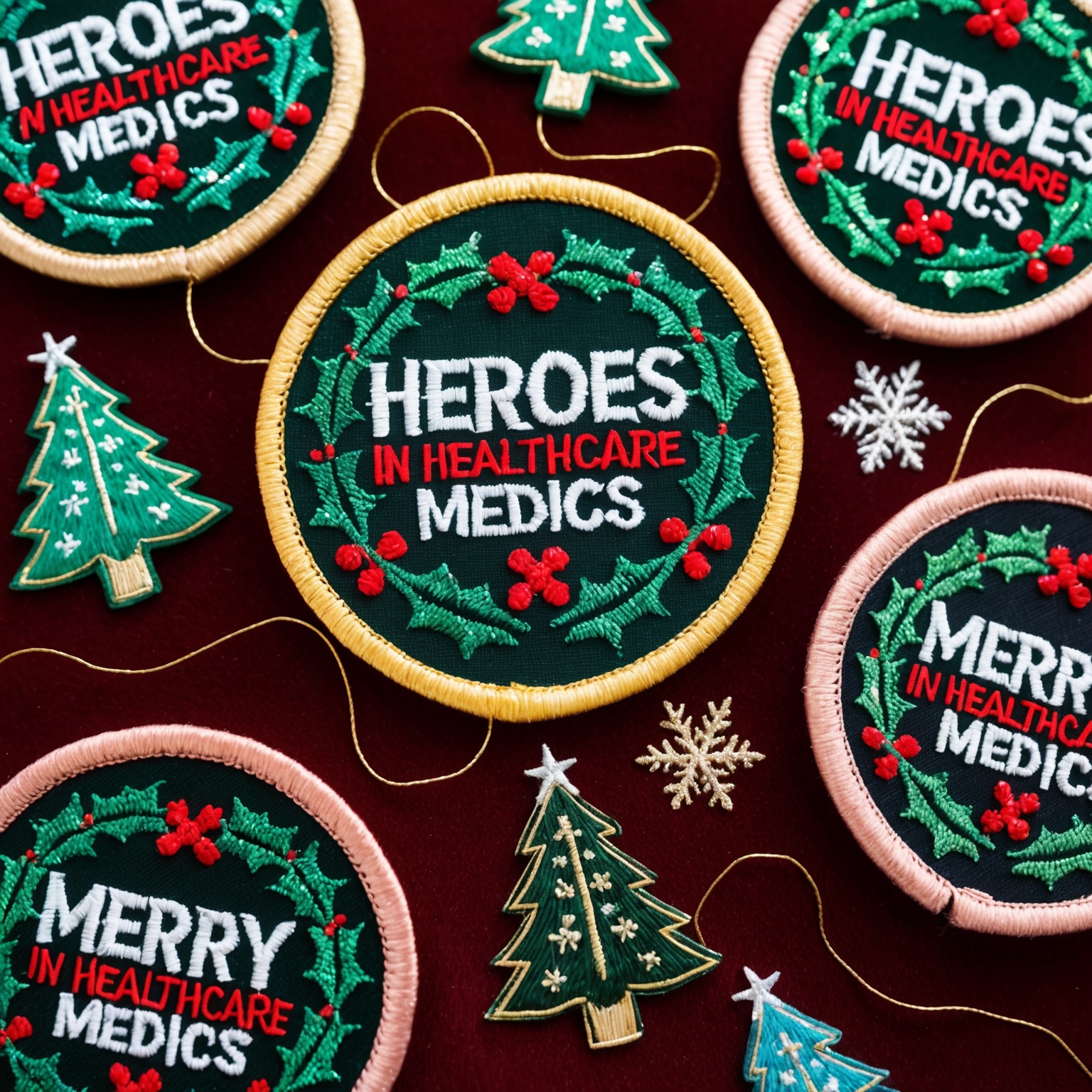Imagine standing on a tarmac, watching a squadron of fighter jets take off into the sky, each pilot proudly bearing a patch on their uniform that tells a unique story. These patches are more than just pieces of cloth; they symbolize bravery, camaraderie, and a rich history of aviation. But how did these aviation patches come to be, and what makes them so significant in the world of flying? Join us as we embark on a journey through the fascinating evolution of aviation patches, exploring their origins, transformations, and enduring legacy.
Aviation patches are a distinct and colorful part of military and civilian aviation history. They serve as symbols of identity, achievement, and pride for those who fly and support aviation missions. However, the evolution of these patches is a story often overlooked. This article aims to trace the historical timeline of aviation patches, addressing common questions and misconceptions while highlighting their significance in preserving aviation heritage.
The Early Days: Birth of Aviation Patches
World War I: The Dawn of Aviation Patches
The concept of aviation patches began during World War I, a time when aviation was still in its infancy. Early aviators and their ground crews needed a way to identify their units and build camaraderie. These initial patches were simple, often handmade, and featured basic designs that represented their squadrons or units.
The Lafayette Escadrille: One of the most famous early aviation units was the Lafayette Escadrille, an American volunteer squadron that fought for France before the U.S. entered the war. Their patch, featuring a Native American chief’s head, became an iconic symbol of their bravery and commitment.
The Golden Age of Aviation: Between the Wars
Innovation and Standardization
During the interwar period, aviation technology and military organization advanced significantly. This era saw the formalization and standardization of aviation patches. The U.S. Army Air Corps, for instance, began to develop more sophisticated and standardized patches for its squadrons.
The Eagle Squadrons: Formed in 1940, the Eagle Squadrons were made up of American volunteers who flew with the Royal Air Force before the U.S. officially entered World War II. Their patches featured the American bald eagle, symbolizing their national pride and dedication to the Allied cause.
World War II: Proliferation and Iconography
Mass Production and Iconic Designs
World War II was a transformative period for aviation patches. The war’s scale and the significant role of air power led to the mass production and widespread use of these patches. Each squadron had its unique insignia, often featuring bold and colorful designs that incorporated animals, mythological figures, and cartoon characters.
The Flying Tigers: The American Volunteer Group, famously known as the Flying Tigers, flew for China against Japan before the U.S. entered the war. Their distinctive patch featured a fierce, winged tiger, becoming one of the most iconic aviation patches of the war.
The Tuskegee Airmen: The first African American military aviators in the U.S. Army Air Corps, the Tuskegee Airmen, had a distinctive patch showing a red-tailed P-51 Mustang. This patch symbolized their groundbreaking role and outstanding combat record.
The Cold War Era: Modernization and Customization
Technological and Cultural Shifts
The Cold War brought about significant changes in military aviation, reflected in the evolution of aviation patches. This period saw the introduction of new materials and technologies in patch production, such as PVC and advanced embroidery techniques. Patches became more durable and detailed, reflecting the high-tech nature of modern air forces.
Strategic Air Command (SAC): The Strategic Air Command, responsible for America’s land-based strategic bombers and intercontinental ballistic missiles, had a shield-shaped patch featuring a mailed fist holding lightning bolts and an olive branch. This powerful imagery represented SAC’s dual mission of deterrence and peace.
Top Gun: The U.S. Navy Fighter Weapons School, known as Top Gun, popularized patches that became cultural icons. The Top Gun patch, featuring a red star and the words “Top Gun” in bold letters, symbolizes the elite training and competitive spirit of naval aviators.
Modern Era: Digital Integration and Customization
Embracing Technology and Personalization
In the contemporary era, aviation patches have continued to evolve, embracing digital integration and greater customization. Modern patches can incorporate QR codes and RFID chips, linking to digital content such as unit histories, videos, and interactive experiences. This fusion of tradition and technology enhances the storytelling power of aviation patches.
Custom Unit Patches: Today’s aviation units often design their own patches, reflecting their unique missions and identities. These custom patches can be ordered online, allowing for greater creativity and personalization. Advanced manufacturing techniques have made it easier and more cost-effective to produce high-quality patches.
Addressing Common Objections
Are Aviation Patches Still Relevant?
In an era where digital technology dominates, some may question the relevance of physical patches. However, these symbols remain crucial for maintaining tradition, fostering unity, and instilling pride among aviators. They provide a tangible link to the past and a visible representation of a unit’s heritage and achievements, something that digital media alone cannot replicate.
Cost and Practicality:
Producing high-quality aviation patches does require investment, but their benefits in terms of morale and unit cohesion far outweigh the costs. Modern manufacturing techniques have also made it easier and more affordable to produce durable, customized patches.
The Future of Aviation Patches
As we explore the rich history of aviation patches, it’s intriguing to consider their future. How will advancements in technology further enhance their role in aviation? Will digital patches become the norm, or will traditional embroidered patches continue to hold their ground? These questions invite us to look forward to the next chapter in the evolution of aviation patches.
Honoring Aviation Heritage Through Patches
Elements of Patch Design:
Creating a meaningful aviation patch involves careful consideration of various elements:
- Symbols and Icons: Animals, aircraft, and historical figures often feature prominently, symbolizing traits like bravery, speed, and honor.
- Colors: Different colors convey different messages. Red can symbolize valor, while blue might represent loyalty and trust.
- Text: Mottos, unit names, and significant dates add context and meaning, turning a simple patch into a narrative piece.
Real-Life Examples: Iconic Aviation Patches
1. The Screaming Eagles: 101st Airborne Division:
The 101st Airborne Division’s “Screaming Eagle” patch is one of the most recognized military badges. It symbolizes the division’s airborne capabilities and elite status, embodying their history of bravery and tactical expertise.
2. The Big Red One: 1st Infantry Division:
The “Big Red One” patch of the 1st Infantry Division is another iconic emblem. It represents the division’s long history and its role as the first division to fight in World War I.
3. The Seabees: U.S. Navy Construction Battalions:
The U.S. Navy Seabees’ patch, featuring a bee holding a wrench and a machine gun, symbolizes the unit’s dual role in construction and combat, reflecting their motto, “We Build, We Fight.”
Conclusion: Celebrating Aviation Heritage
Aviation patches are much more than mere decorations; they are emblems of honor, history, and identity. Each patch tells a story of the unit’s heritage, its achievements, and the sacrifices of its members. By understanding the history and significance of these symbols, we gain a deeper appreciation for the traditions and values of aviation.
Whether you are a history enthusiast, an aviator, or someone interested in design, understanding the evolution of aviation patches offers a unique glimpse into the past and a fascinating look at how we honor aviation heritage today.
If you are interested in purchasing high-quality custom patches, feel free to call us at 1-866-903-4903 or fill out one of our free quotes here.




